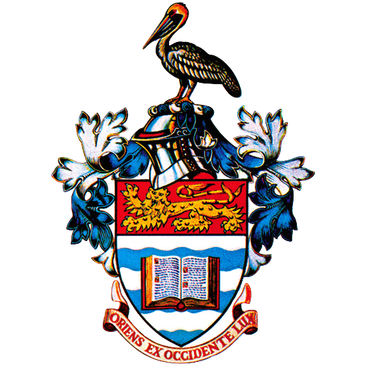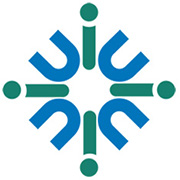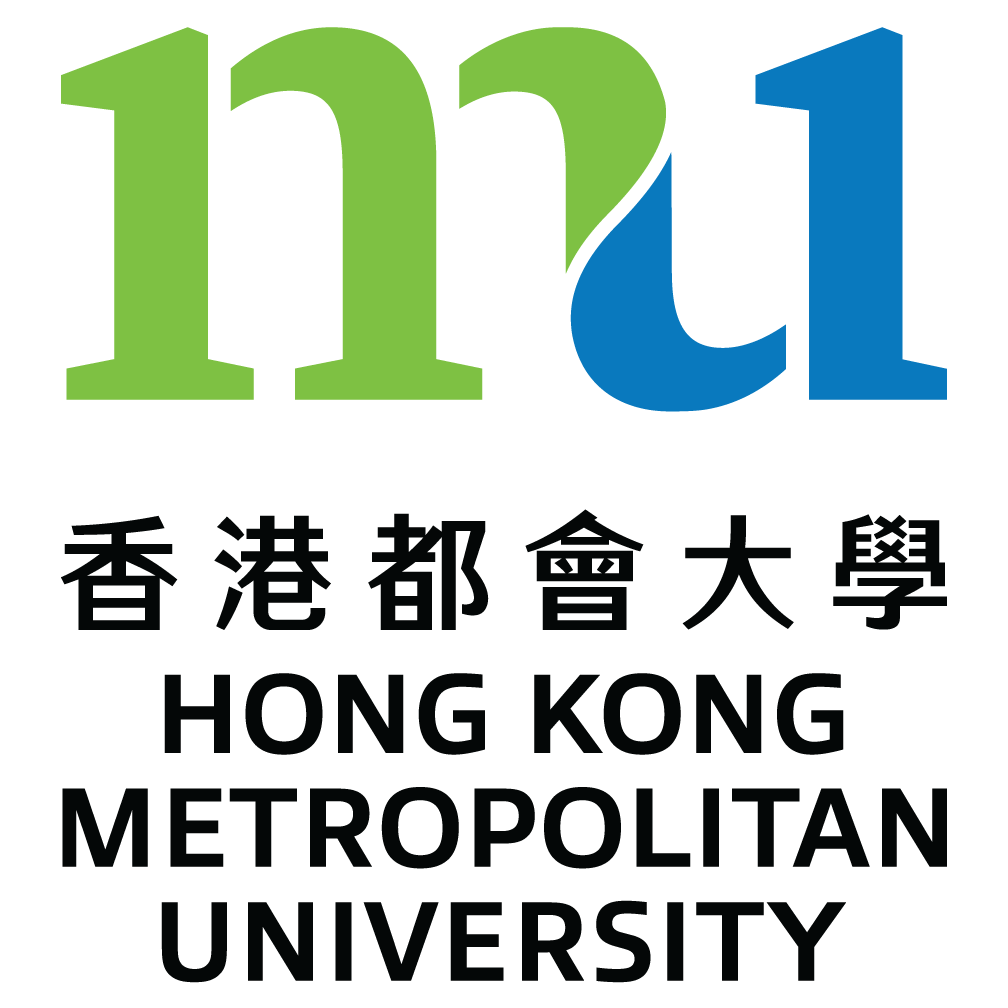COM 210 Uncovering Fashion What is fashion—and how does fashion “happen”? In this course, students will learn how fashion gets created; how Western fashion has been adopted historically across the globe; how and why elements of historical costumes from various countries become woven into designers’ runway creations; and how styles are expressed and adopted today, with special attention to the interdependencies between specific countries, particularly in relation to the role of media (fashion communication). General Studies Connections Global Humanities
COM 219 Magazine & Feature Writing Practice in planning, research, reporting, writing and marketing nonfiction articles to general and specialized magazines, newspapers and online publications.
COM 222 Writing for the Mass Media Introduction to the fundamentals of gathering and preparing information for print, online and broadcast news media: information gathering, story structure, news style, and writing compelling stories.
COM 250 Media and Society Examination of the historical, social, economic, cultural and political influences that have shaped present-day mass communication and the effects of media industries, contents and processes on contemporary society. Survey of mass communication theories and the interaction of media and society.
COM 255 Desktop Publishing An introduction to designing and creating publications using Adobe InDesign and related programs, as well as an introduction to the theory and practice of designing and producing a variety of publications (from advertisements and business cards to newsletters and magazines) from conception to final product.
COM 260 Communication Theories This course introduces students to communication as a discipline and provides opportunities to explore the intersection of semiotics and digital media. Through an examination of the emergence of the discipline, students will learn the basic concepts, language and analytical tools and perspectives employed in the field of study. General Studies Foundations-Humanities
COM 280 Latin American Media Students explore the interplay between culture and media, becoming immersed in local Ecuadorian media and daily life, attending classes and completing an informal mini-ethnography of host family media use and analyzing media. Readings, discussions, tours, and local excursions and lectures are led by local media professionals, academics and indigenous peoples. Students attend Spanish language classes geared toward their proficiency level, from 101 to advanced. Student projects focus on a particular site of the intersection of culture and media – such as images in advertising, religion & media, domestic cinema, media ownership, regional differences. This course requires an additional fee and international travel. General Studies Connections Global Humanities
COM 283 Special Topics in Communications Courses are offered on an occasional basis according to instructors’ and students’ needs. Recent topics have included fashion writing and health communication.
COM 315 Public Affairs Reporting Advanced reporting and writing techniques, with an emphasis on local, county, and state reporting on government, politics, courts and business. Practice in investigative reporting, information gathering skills, use of federal and state Freedom of Information Acts, and so forth. Rights and responsibilities of public communicators. Prerequisite: COM 222
COM 316 Editing and Print Production Editing, design and layout of print and online publication. Course introduces desktop publishing technologies, develops editorial plan and prototypes, and practices techniques of news evaluation, copy editing, headline writing, picture editing, illustration and editorial strategy. Prerequisite: COM 222
COM 317 Public Relations and Advertising Campaign Planning Introduction to the theory, principles and practices of advertising and public relations through the campaign planning process. Students explore market research, strategic planning, targeted message design, and media selection and scheduling. Study of the influences of advertising and public relations and the role and responsibilities of advertising and public relations practitioners.
COM 320 The System of Free Expression The system of free expression, legal doctrines of political and commercial speech, press freedom and censorship. Study of the legal rights and constraints of mass communications industries, including print, broadcast, cable and online media, advertising and public relations. Pre-requisite: COM250
COM 321 Media History A survey of the history of American mass media from a historical perspective, with an emphasis upon their social, political and economic environments. General Studies Connections-Humanities
COM 327 Public Relations Writing In this course, students will build public relations writing skills through hands-on practice crafting public relations pieces such as press releases, brochures, radio spots and newsletters. Students will also gain experience in basic print design and layout techniques. Through classroom instruction and lab experience, students will come to understand the basic writing and production skills needed to enter the public relations field. Prerequisite: COM 222 or COM317
COM 333 Practicum in Communication Supervised internships with newspapers, broadcasting stations, and advertising and public relations agencies. Prerequisite: COM 222 or 317
COM 337 Public Relations & Advertising Research This applied research course focuses on consumer and market research that are used in today’s public relations and advertising industries to plan and evaluate creative campaigns. Students will explore audience segmentation, media audience measurement and profiles, surveys, focus groups and concept testing. Prerequisite: COM 317
COM 383 Special Topics in Communications Courses are offered on a regular basis according to instructors’ and students’ needs. Recent topics have included gender and mass media, citizen journalism, and multimedia reporting.
COM 390 Multiplatform Writing In this advanced writing course students apply writing and design skills and concepts across a variety of media – including print, broadcast, and online venues – in journalism, public relations, and advertising contexts. Audience analysis and aesthetics are key component of this course, which incorporates service learning portfolio-building elements. Prerequisite: COM222 and one 300-level writing course
COM 480 Senior Seminar in Mass Communication Research Students are introduced to the role of theory in shaping research studies and interpreting their findings, and explore a variety of research methods commonly used in the field, including experimental, survey, content analysis, focus groups, case studies, and ethnography. Students develop a research question, conduct a literature review, and design an original research study. Prerequisite: Senior standing, COM 250, COM260
Show less














